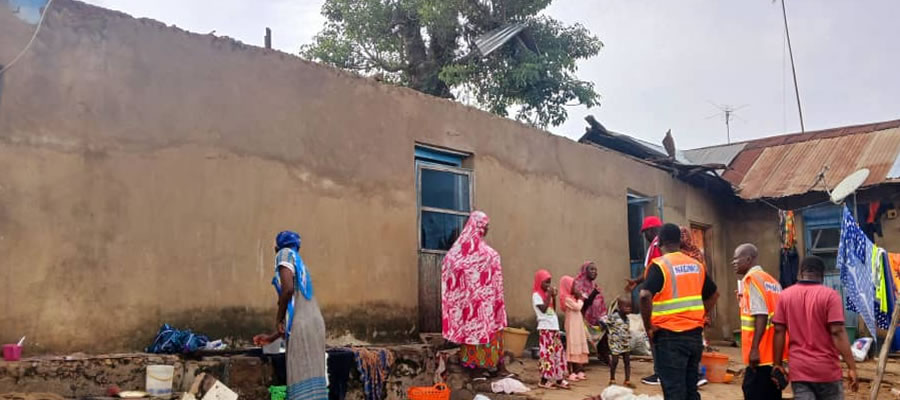

It is estimated that about 71% of the economically active population of the district is engaged in agricultural production on full or part-time basis.
Size of Arable Land
The Assembly is endowed with an estimated arable land of 61,000 hectares being 65% of the total landmass. A total of 44,820 hectares have been cultivated which represents 73% of the available arable land.
Agricultural Holding Land
Total number of holders is estimated at 27,223 (MOFA, Multi Round Annual Crops and Livestock Survey {MRACLS} figures). About 42 % of this is female. Categorization in to different age groups reveals that people who are involved in or are connected to agricultural production are in the youthful bracket (19 – 49years) i.e.69.94%. A holder is the person who exercises operational or management control over all the land that is used wholly or partially for agricultural production.
LAND Tenure Systems
There are several methods by which land is acquired in the municipality for agricultural production purposes.
These include:
• Outright purchase
• Lease and
• Share Cropping
Under the lease arrangement, the land owner and the farmer come to an agreement on the period of the lease and the amount to be paid over the period and how. The agreement may be verbal or written.
The type of sharecropping agreement depends on the landowner and what is prevalent in the area. The two traditional share cropping systems of ‘Abunu’ and ‘Abusa’ are practiced in the municipality.
These notwithstanding, individuals wishing to go into agriculture still face some difficulties in acquiring land. The reasons for this are varied and include:
1. Scarcity of land within reasonable walking distance from settlements and motorable roads.
2. High cost of land for renting or outright purchase.
3. Unfavourable share cropping systems and
4. Land litigation which leads to court injunctions as well as threats and physical assaults by aggrieved parties.
Crop Production and Yield (2006-2009)
Crop production can be classified into the production of staples (maize, cassava, plantain, yam & cocoyam) and cash/non-traditional/export crops. Cassava stands out as the major staple crop with a percentage share of total production of nearly 80%. The average yields per hectare for the four staple crops over the 2006-2009 periods were maize - 3.2 mt, cassava - 28.7mt, plantain - 8.3 and cocoyam - 8.1 mt.
Cash/Non-Traditional Crops
The major cash/non-traditional crops produced in the are cocoa, citrus, oil palm, pineapples and papaws.
Livestock Production
Livestock rearing is generally done on an adhoc basis. The animals and birds are allowed to roam about forage by themselves. However there are few kraals and commercial poultry farms.
The animal populations over the period 2006-2009 saw increase with the exception of sheep for the period 2008-2009.
Date Created : 11/27/2017 3:48:30 AM











 facebook
facebook
 twitter
twitter
 Youtube
Youtube
 +233 593 831 280
+233 593 831 280 0800 430 430
0800 430 430 GPS: GE-231-4383
GPS: GE-231-4383 info@ghanadistricts.com
info@ghanadistricts.com Box GP1044, Accra, Ghana
Box GP1044, Accra, Ghana